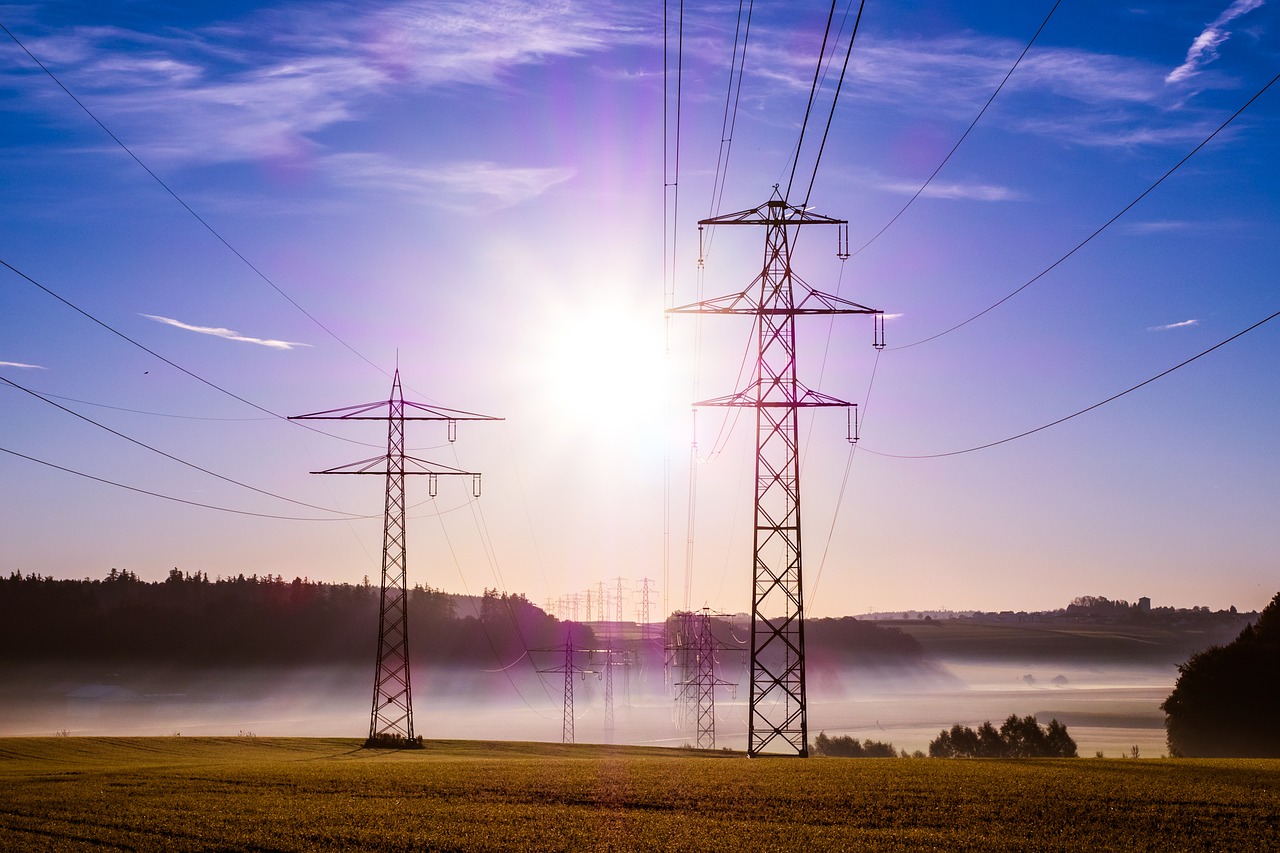With supermarkets in the UK now discounting large quantities of misshaped fruits and vegetables, scientists in the United States have discovered an alternative use for them – energy.
New research presented this week at the annual meeting of the American Chemical Society demonstrated how it was possible to turn waste tomatoes into watts, using a chemical reaction to generate electricity.
Researcher, Namita Shrestha at the South Dakota School of Mines & Technology, said, “We have found that spoiled and damaged tomatoes left over from harvest can be a particularly powerful source of energy when used in a biological or microbial electrochemical cell,” and that, “the process also helps purify the tomato-contaminated solid waste and associated waste water.”
How it works
By putting tomato waste into a cell with a specific type of bacteria, the paste is broken down and an oxidation occurs, releasing electrons.
These electrons are then trapped in an electrochemical cell, which acts like a battery.
Tomatoes happen to be particularly suited to the job because they contain a carotene pigment, giving them their bright red colour; an excellent catalyst for generating the necessary electrical charges.
In theory at least, 396,000 tonnes of waste tomato could power Disney World Orlando for 90 days. At the moment however, the amount of energy created is actually quite low, with only 0.3 watts of energy per 10 milligrams of tomato waste.
Team leader of the project, Professor Venkataramana Gadhamshetty, said that, “We wanted to find a way to treat this waste that, when dumped in landfills, can produce methane – a powerful greenhouse gas – and when dumped in water bodies, can create major water treatment problems.”
Acknowledging that although the amount of energy currently produced is particularly low, he said that with more research and development, the amount of energy could be increased many times over.
Furthermore he said that the project plans to improve the cell by working out which part of the process, whether the electrodes, bacteria or wiring, happen to be slowing the process. Once identified, the given part can then be replaced or adapted.
A necessary energy project
The research comes as part of a long line of projects seeking to find alternative means of energy as scientists work to limit global warming to a 2˚C change.

